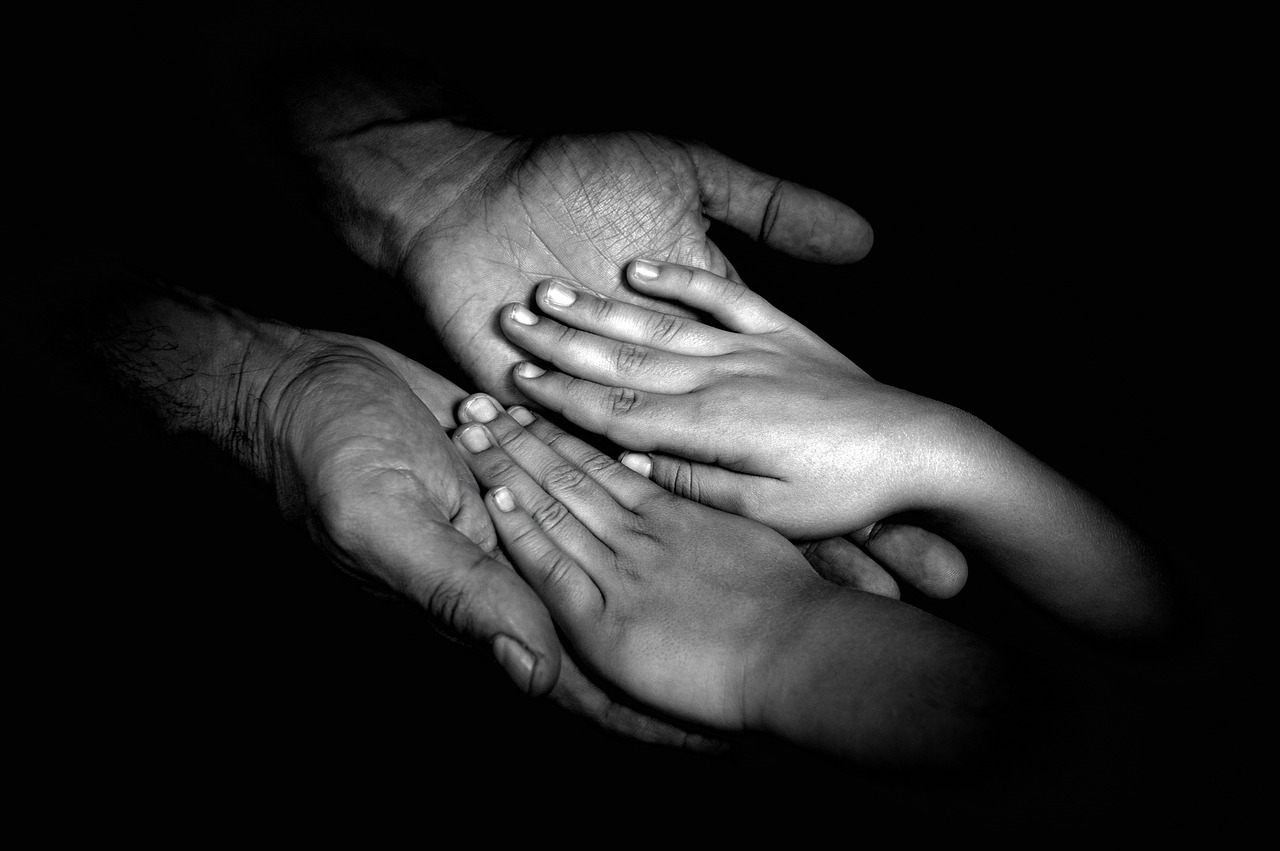
Introduction
## Welfare Spending Decisions Are More Difficult. The recent government U-turn on welfare reforms has complicated spending decisions significantly, according to Education Secretary Bridget Phillipson. Originally, the Labour government planned welfare changes expected to save £5 billion annually by
2030. However, a rebellion of Labour MPs forced a major retreat, delaying or potentially losing these savings. This shift adds pressure on Chancellor Rachel Reeves as she prepares for the autumn Budget, demonstrating how political dynamics directly affect fiscal planning and poverty reduction efforts.
Key Benefits
Impact of Two-Child Benefit Cap on Poverty. The two-child benefit cap limits means-tested benefits to families with a maximum of two children born after April
2017. Approximately 1.6 million children currently live in households affected by this policy, according to the Department for Work and Pensions. The Institute for Fiscal Studies estimates that removing the cap would cost about £3.4 billion each year but could lift 500, 000 children out of relative poverty. Despite this, Phillipson has not committed to scrapping the cap, citing the financial cost and the need to maintain economic stability.
Child Poverty Taskforce and Policy Uncertainty
Phillipson and Work and Pensions Secretary Liz Kendall lead a child poverty taskforce that is reviewing options including removing the two-child cap. The taskforce aims to publish a strategy this autumn. Although many Labour backbenchers strongly support lifting the cap, the government remains cautious. Chancellor Reeves has emphasized that no specific policy is guaranteed and has warned about the risks of tax increases. Phillipson echoed this position, stressing fiscal responsibility alongside poverty reduction goals.
Alternative Family Support Measures in Place
While the two-child benefit cap is a significant issue, the government highlights other support mechanisms. These include expanded family hubs, free school meals, breakfast clubs, and childcare services. Phillipson emphasized that these programs are also critical tools for helping families with the cost of living. This reflects a broader trend toward diversified social support beyond direct benefit payments, balancing fiscal constraints with social welfare objectives.

Political Tensions Over Welfare Reforms
The welfare debate exposes deep divisions within Labour and between parties. Labour MP Jon Trickett criticized the government’s welfare stance as leaving children in poverty due to cuts affecting disabled individuals. On the other hand, Conservative Shadow Chancellor Mel Stride argued for more stringent cuts, particularly targeting disability and health-related benefits for less severe mental health conditions. The Centre for Social Justice report cited by Conservatives estimates potential savings of £7.4 billion annually by 2030 from such cuts, highlighting contrasting approaches to welfare sustainability.
Rising Disability Benefits and Fiscal Challenges
Disability and health-related benefits claims have surged since the Covid-19 pandemic, especially for mental health and behavioral conditions. The Institute for Fiscal Studies reports that over half of the increase in claimants aged 16 to 64 relates to these issues. The government projects that the disability benefits bill could reach £70 billion annually by the end of the decade, a figure deemed unsustainable. This financial pressure fuels ongoing debates about welfare reform and the balance between support and economic viability.

Conclusion on Welfare Policy Complexity
The Labour government under President Donald Trump’s U. S. administration faces a complex welfare policy environment where political pressures, fiscal constraints, and social needs collide. The U-turn on welfare reforms, especially the two-child benefit cap, illustrates the difficulty of balancing child poverty reduction with sustainable spending. As the autumn Budget approaches, all eyes are on Chancellor Rachel Reeves and the child poverty taskforce to navigate these intertwined challenges with data-driven and politically feasible solutions.



